Lately, I have been thinking a lot about metaphors.
For a quick definition of metaphor, remember your English classes in grade school. A metaphor is a non-literal description of something without using the words like or as. If you use like or as, then it's a simile.
For example, the clouds sailed across the sky. The clouds don’t literally have sails, nor are they constructed of wood. Yet, they move across a vast blue expanse by the power of wind in the same mesmerizing fashion that watching a sailboat across water brings.
I came upon metaphors in a class I am wrapping up about Paul the Pharisee. The book's author, John Dominic Crossan, brings the Apostle Paul’s shifting metaphors to the fore. Crossan supplied us with a poem to grasp the concept behind his exploration of metaphors. Here it is:
— Yes for a time they held as well
— Yes for a time they held as well Together, as the criss-cross'd shelly cup Sucks close the acorn; as the hand and glove; As water moulded to the duct it runs in; As keel locks close to kelson — B. Let me now Jolt and unset your morticed metaphors. The hand draws off the glove; the acorn-cup Drops the fruit out; the duct runs dry or breaks; The stranded keel and kelson warp apart; And your two etc.
The poem conceptualizes that we humans change our metaphors like gloves. I would add that we change them like gloves depending on our context. So let’s dive into the metaphor of gloves to understand the deeper context of what’s going on.
Gloves
Pictured below are some of the gloves I own. Some are over two decades old and have received a lot of love and care. Others are a few weeks old and gone just as quickly.
The older gloves have molded themselves to my hands, changing and warping to suit my needs and uses. So too have some of the oldest metaphors in my life.
Take this baseball glove above. This is my outfielder’s glove. I have caught and fielded countless baseballs with it. I have had it since I was 13, and it’s still very usable and in decent condition. But, can you imagine gardening with this glove? When the context changes, so does the metaphor, like the glove.
We often treat faith the same way by changing it to suit our needs in the moment.
Crossan doesn’t stop at how we conform and shape metaphors. He digs deeper to understand how metaphors shape us. Consider the outfield glove again. If this is my glove, what am I not? I am not an infielder, catcher, or perhaps even a pitcher. In some similar ways that I have molded the glove to me, it has molded what position I play on the field. Likewise, Crossan teaches us how the biggest metaphors mold us and create reality.
Metaphors don’t always work
I was told that working hard, getting good grades, and focusing particularly on STEM would lead to a good job. Especially if I get a masters in science and/or business. Well, my degrees are a B.S. in molecular biology, a B.A. in Spanish, a M.S. in Biomedical Science, and a M.S. in Healthcare Administration (business). The longest place I ever formally worked outside of for myself was in the renovation arm of a construction company as a project manager. I could not get a job in healthcare administration, scientific research, or even Spanish interpretation. The metaphor of hard work and success in college broke down for me. It shaped the first 25 years of my life. It was also a sham, just as clouds sailing across the sky. The metaphor of hard work and success in college equals security is useful to me as this outfield’s glove I break out once or twice a year.
Now, did you see how that metaphor became a faith? I put trust in a system that told me if I worked hard and got good grades, I would be awarded a secure job. The belief was in the system and advice of the metaphor. The action was hard work toward a STEM field. The faith then hopefully produced a stable job and good life.
The metaphor and the faith didn’t work for me. Now, odds are that my path works for most people, but that metaphor works for fewer people. The metaphor of a college degree equals a stable and good life is just that a made up description of how it could be. Not how it actually is.
How the Big Ones work.
Now, let’s think about how these big metaphors work. They work because enough people believe in them to make them a reality. Take a big event like the January 6 Capitol protest/riot/insurrection. If enough people say it was nonviolent and a protest over time, more people will believe it, and it will become the reality and history of the moment. But when enough people stop believing in a metaphor, reality will change.
I imagine we are changing our reality right now because enough people aren’t buying the metaphors that were sold to them as children.
For example, why are millennials becoming religious nones? Many churches didn’t hold to the metaphors they preached to the children. Why is Gen Z coming into churches? Because they aren’t buying the millennials’ “truth” about how life is better outside the church. Who is right? Both. Millennials were sold a bounced check. However, the Millennials are bankrupt in meaning, so Gen Z is returning to spirituality.
But if faith is a metaphor, are the youngest Generations simply changing the glove whenever it suits them? That turns out to be the case. Many churches still lack the ability to create meaning or long-lasting metaphors that shape the congregation toward something resembling Jesus's metaphors. But, there exists a more profound meaning around the church community, and when Gen Z wants to be a part of that community, they will be part of that faith and that metaphor.
But what then is the Gen Z metaphor, the one shaping them? I guess it is some form of, “you do you, and what works for you.” That metaphor isn’t new to history.
Judges 21:25 In those days, Israel had no king; everyone did as they saw fit.
Even from that quote, we can see that monarchy is a metaphor that we all need to be ruled by one person, which will lead to fullness. We learn that there is no overarching metaphor for the younger generations, or the overriding metaphor is that there is no metaphor.
Sacred Canopy
If you read Charles Taylor, he will tell you this is the hallmark of the Secular Age. Unlike the Medieval Age, where “everyone” in the West had the same Christian metaphor or canopy, there is no one metaphor or sacred canopy in the Secular Age. Yet, I imagine something different for a canopy than he does. I imagine various tree canopies, and I think he only describes one.
Here are three ways to build a canopy.
There is the Evergreen Way, typified by the Aspen tree. Everything is a clone or identical to the other thing next to us. That canopy works for a long time and through some rough periods, but we no longer live in a uniform civilization.
There is the Boabab Way. It is one huge tree. It spreads its canopy and contains incredible biodiversity within its ridges. There is freedom to leave and come back. It may even be encouraged so that each animal has its time or cycle with the tree. But it may be the only tree for dozens of miles, and everyone has to come to it.
There is the Rainforest Way. The rainforest represents the greatest biodiversity. The canopy is made of rich, unique plant and animal life. But some of the newest ideas are choked before they can even get to the light, which also allows for unique and challenging growth in the dark.
I imagine that in the United States, we are shifting from an Aspen model of sacred canopy and uniform metaphor to the baobab or rainforest models. Many of the reactions from both political extremes are an attempt to return to some form of evergreen model.
Faithful Fatherhood.
My goal here at faithful fatherhood is to help you see what shapes you. If you know what is shaping you, you can change or better cooperate with your metaphors for your betterment, which will have a downstream effect on your family.
My metaphor, or perhaps better stated as a gamble, is that if you are a better you, your spouse has the best chance to be better, and then your kids have a great shot at being better for who they are.
I would argue that if you are good, your spouse is good, and your kids are good, you probably have a good and full life. That requires three aspects in your life: faith, family, and work. It costs working on yourself because that is the thing you have the fullest ability to cooperate with. Understanding what is shaping you brings more into your view to change.
In this article, I shared one of the metaphors I have had to shed. What have you had to shed? Or what are you doubling down on?




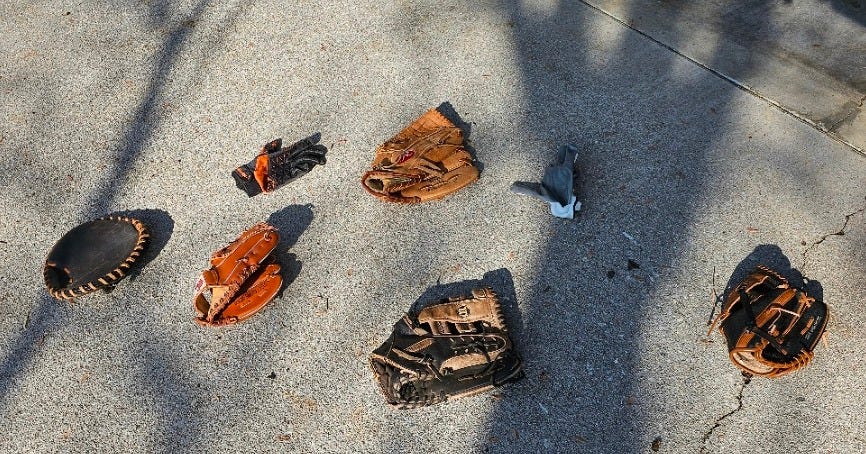
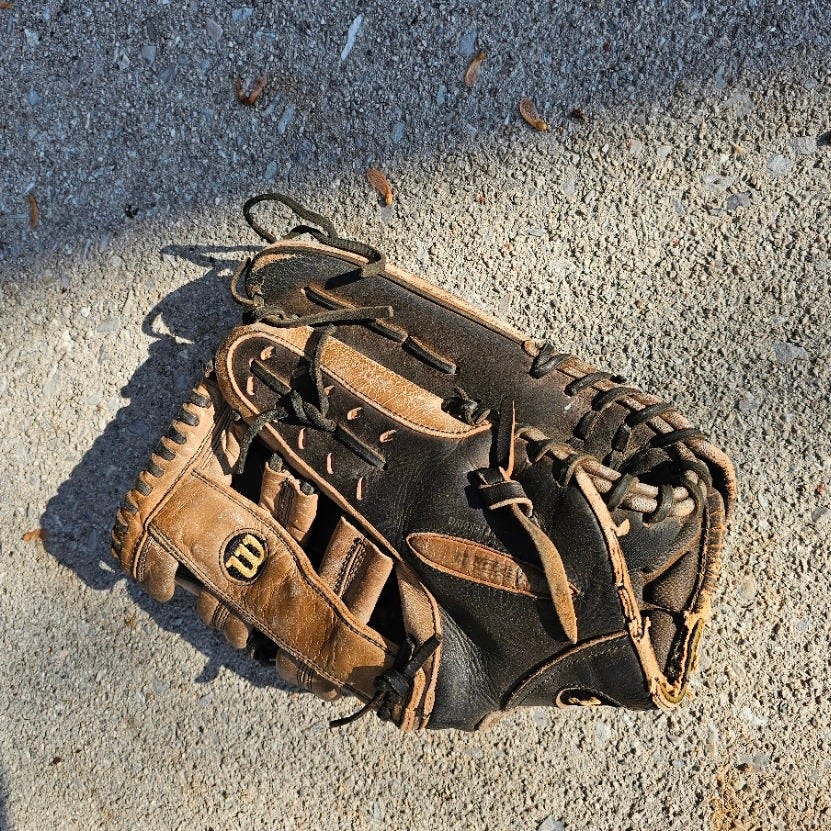
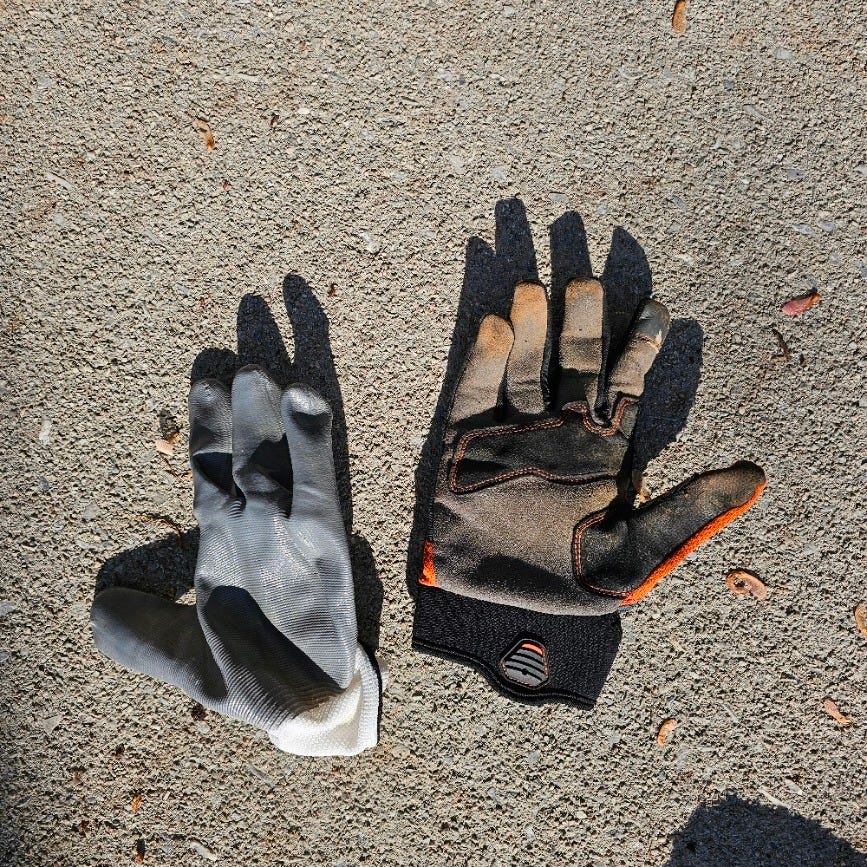

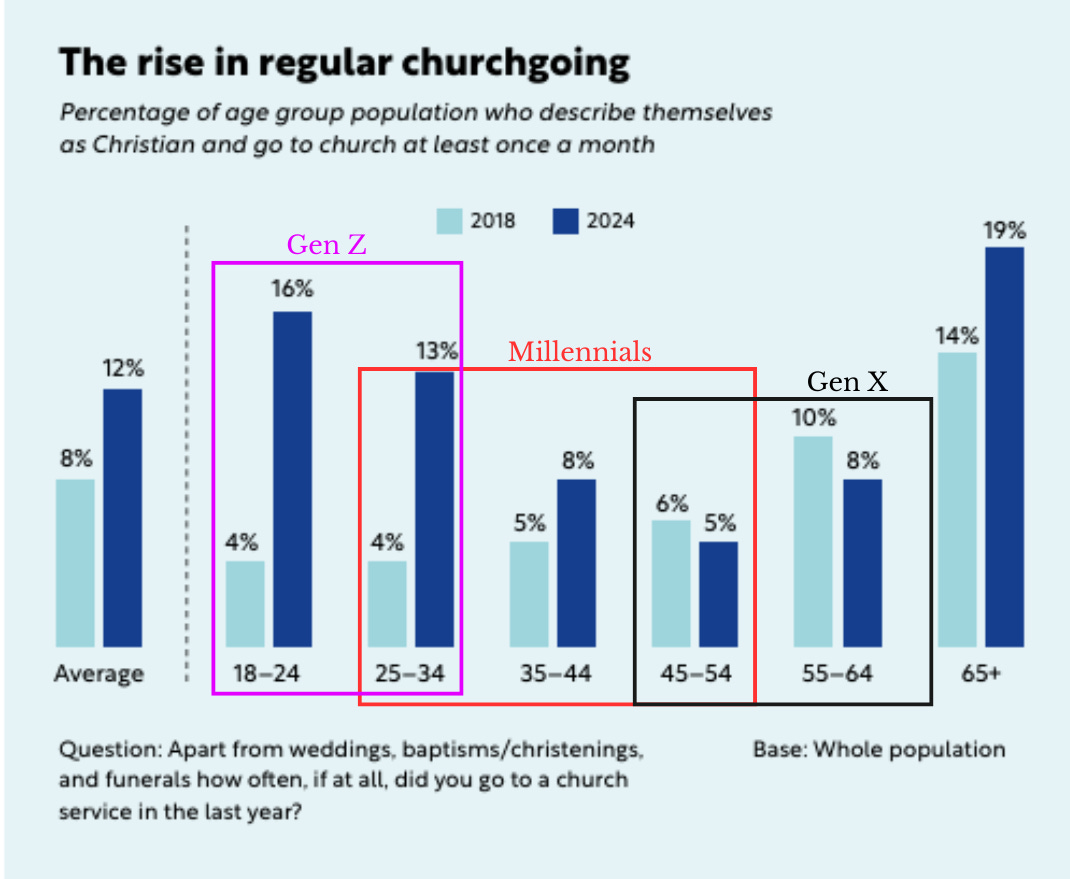
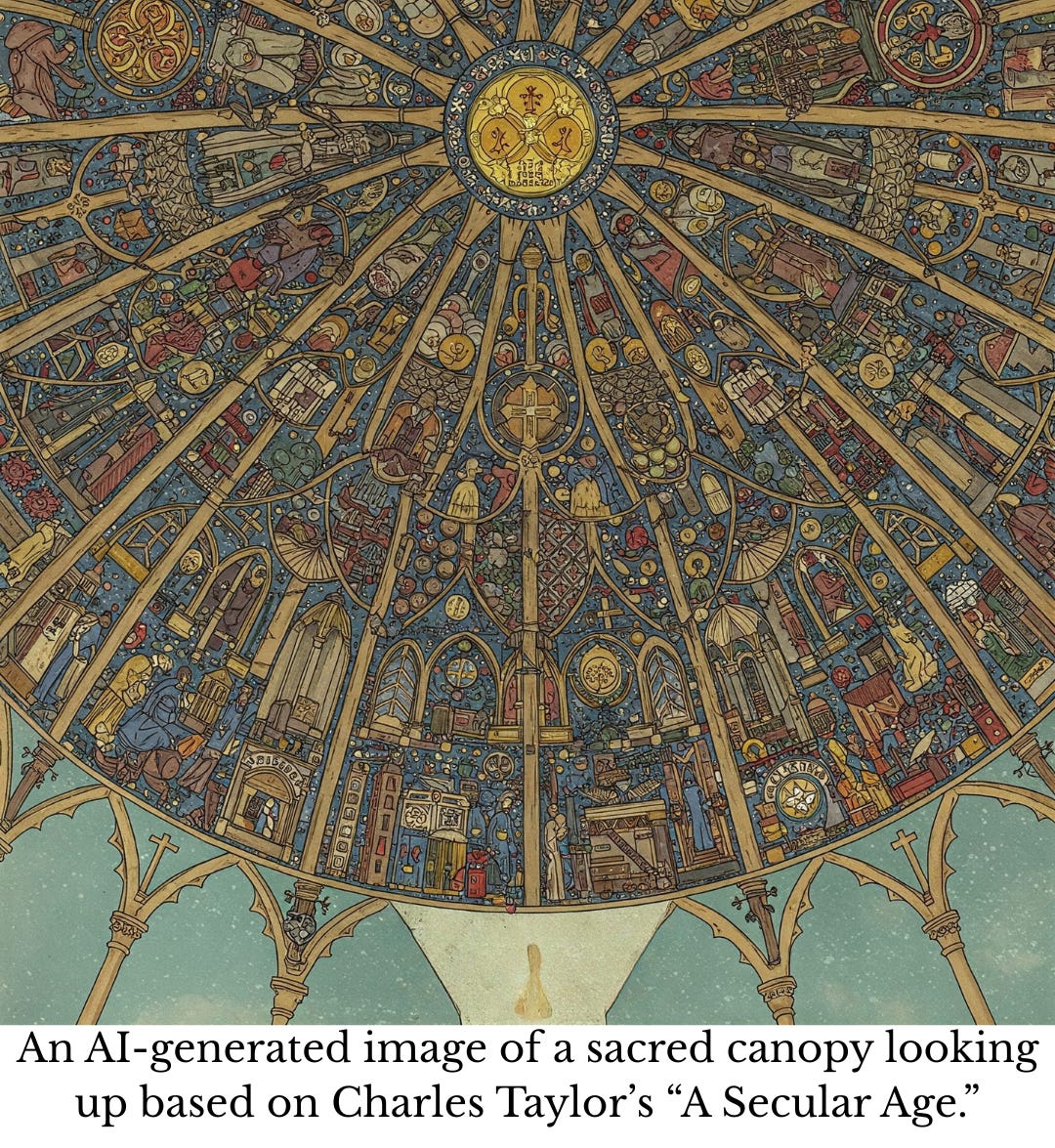






Share this post